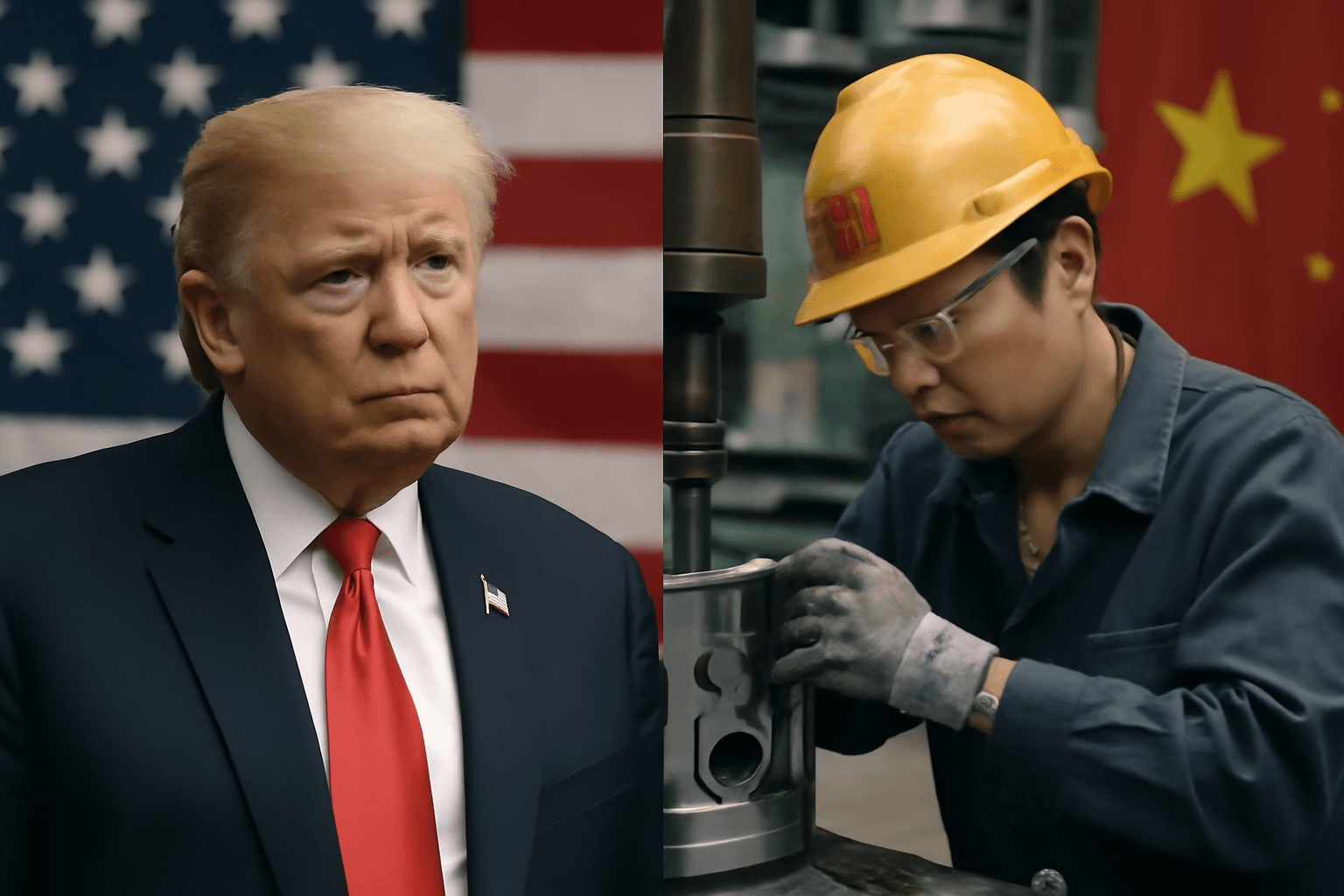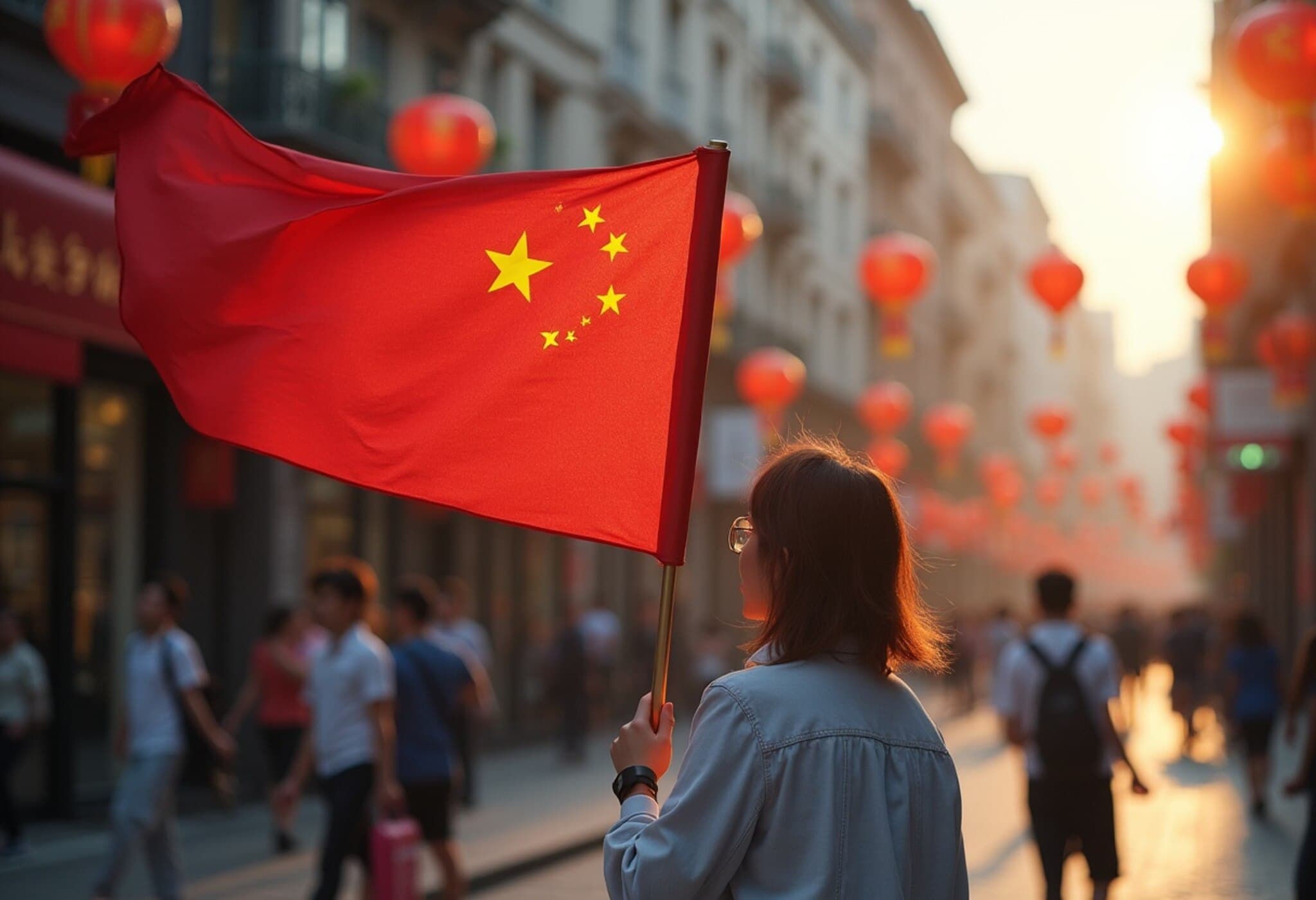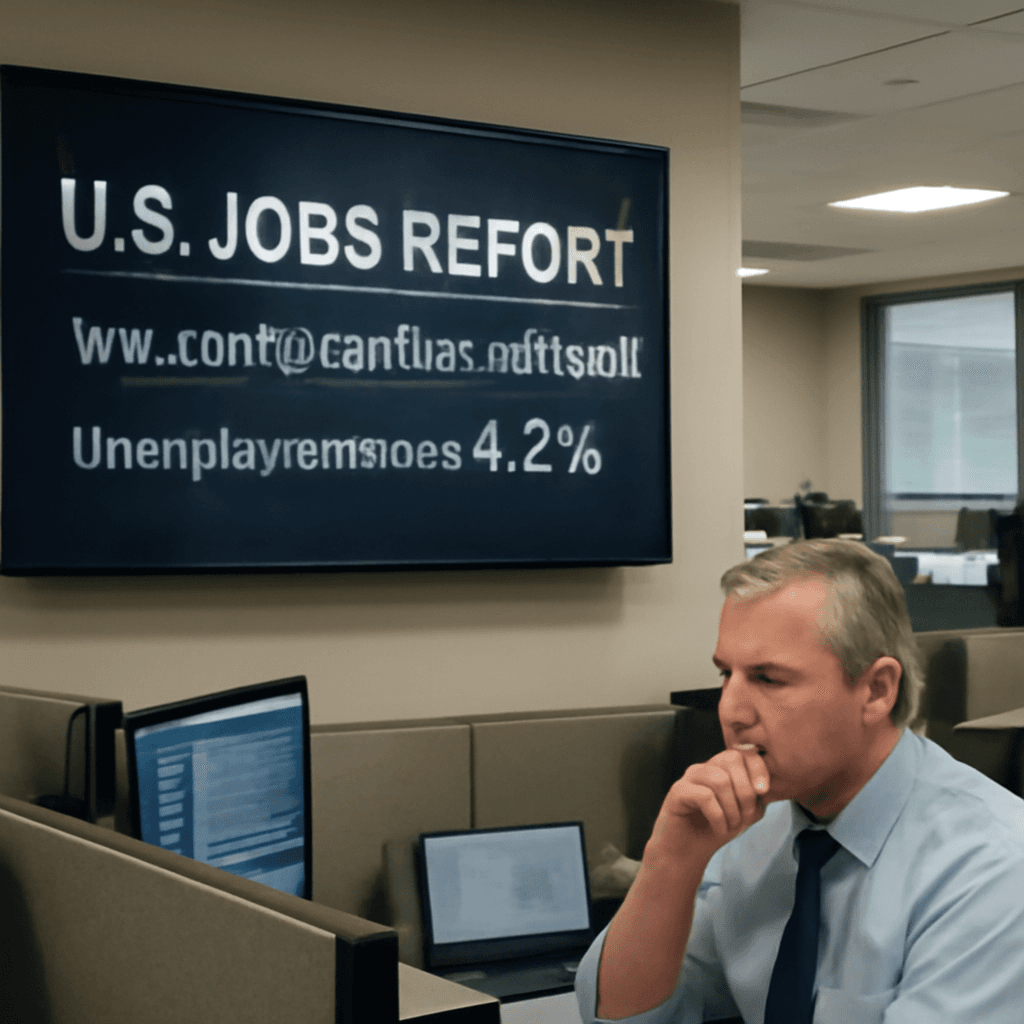China’s Retail Sales Accelerate Sharply in May
China witnessed a remarkable rebound in retail sales last month, with figures soaring 6.4% year-on-year, marking the fastest pace since December 2023. This surprising surge easily outpaced analysts’ expectations of 5%, driven in part by the extended Labor Day and Dragon Boat festivals, along with government trade-in incentives aimed at reviving consumer spending.
Huge crowds flocked to retail hubs such as Shanghai’s Yu Garden area, where long lines formed outside jewelry stores as shoppers took advantage of consumption vouchers offered by local authorities.
Industrial Output and Investment Show Mixed Signals
Despite the upbeat retail numbers, China’s manufacturing sector saw a slight slowdown. Industrial production grew by 5.8% in May, a notch below the anticipated 5.9% and down from 6.1% in April, indicating a moderate cooling in factory activity.
Meanwhile, fixed-asset investment — a key driver of long-term growth — expanded by just 3.7% through May on a year-to-date basis, falling short of the 3.9% forecast and decelerating from the 4% seen in the first four months of the year. Contributing to this sluggishness was a deepening contraction in property investment, which plunged 10.7% in the first five months, reflecting ongoing weakness in the real estate sector.
Employment Trends and Consumer Sentiment
The urban unemployment rate gave a hopeful signal by dipping to 5.0% in May, its lowest reading since November 2024 and down from 5.1% in April. This improvement may underpin growing consumer confidence.
Experts suggest retail growth was bolstered by consumer trade-in programs and holiday spending, though concerns linger as declining property prices could dampen future sentiment. Prices of new homes in major tier 1 cities fell 1.7% year-on-year, with steeper declines in tier 2 and tier 3 cities at 3.5% and 4.9%, respectively.
Trade Dynamics: Export Shifts Amid U.S. Tariffs
In mid-May, a temporary 90-day truce between China and the U.S. eased trade tensions, allowing businesses to advance shipments and seek alternative markets. However, the U.S. tariffs on Chinese imports remain high at 55%, limiting long-term relief.
China’s exports to the U.S. plummeted by over 34% year-on-year, marking the steepest drop since early 2020. Nonetheless, growing shipments to Southeast Asia, the European Union, and Africa helped offset some of the losses.
Financial analysts emphasize China’s export resilience despite bilateral tariffs, noting that the tariffs have had limited impact in curbing overall Chinese exports.
Challenges of Domestic Demand and Inflation
Amid external headwinds, sluggish domestic demand remains a concern. Consumer spending volumes have declined for four straight months, slipping by 0.1% in May. Deflationary pressures intensified at the factory gate, with producer prices dropping 3.3% year-on-year, signaling persistent downward price pressures in manufacturing.
Despite these challenges, Beijing may not rush additional stimulus measures, as the export sector holds firm and GDP growth is on track to surpass 5% in the first half of 2025. Policymakers might focus future consumption-boosting efforts more on expanding services rather than goods, aligning with evolving economic priorities.



















